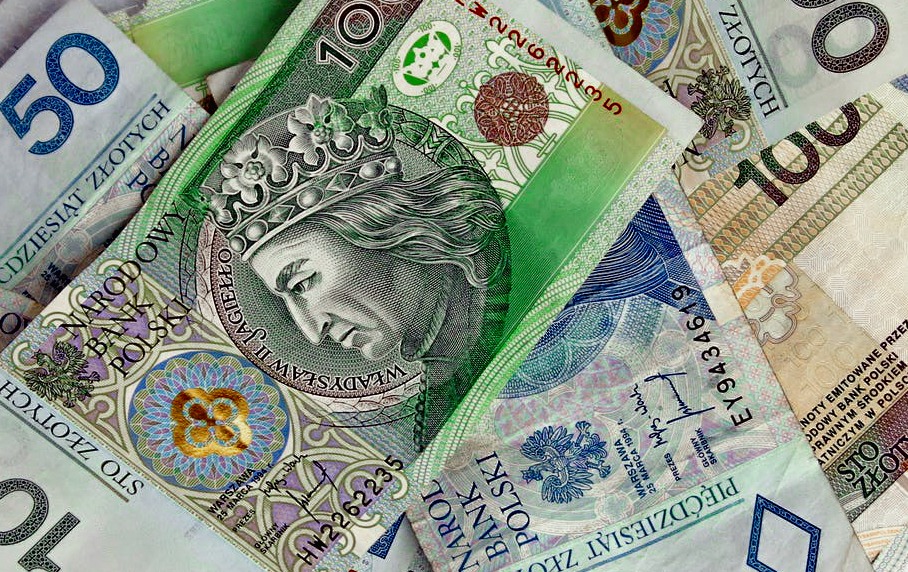In Poland, prices for consumer goods and services in February saw a year-over-year increase of 2.8 percent, the lowest the country has seen since March 2021.
The data published on Friday by Statistics Poland (GUS) detailed the consumer price index for February, indicating that inflation had settled at a rate that aligns with the inflation target set by the National Bank of Poland (NBP). The inflation rate in January was reported at 3.7 percent, with a month-over-month increase of 0.3 percent.
Market consensus had anticipated a 3.2 percent year-over-year price increase for February 2024, slightly above the actual figures. The NBP’s inflation target is set at 2.5 percent, with a tolerance margin of plus or minus one percentage point.
The latest figures from GUS suggest that Poland’s inflation has hit the central bank’s target for the first time in three years, with the last instance of acceptable inflation recorded in March 2021.
NBP President Adam Glapiński, in a press conference last week, hinted at the achievement, stating “We are probably at the inflation target.” He further commented on the significant reduction in inflation from 18.4 percent year-over-year in February 2023 to nearly 2.5 percent, saying that effectively “we do not have inflation.”
However, economists warn of a potential rise in prices soon. This concern stems from the government’s plan to end the zero VAT rate on food by the end of March, which will be adjusted to 5 percent, potentially pushing inflation upwards.
The GUS report also highlighted that in February 2024, consumer goods and services prices increased by 2.8 percent compared to the same month in the previous year, the lowest level since February 2021 when the rate was at 2.4 percent year-over-year.
In February 2024, compared to the same month in the previous year, higher prices in food (2.1 percent), restaurants and hotels (8.9 percent), housing (1.6 percent), and alcoholic beverages and tobacco (6.7 percent) contributed to the inflation rate, while lower transportation costs (down 4.0 percent) offset some of the increases.
The most notable price hikes over the year included tea (up 13.1 percent), household services (up 11.8 percent) and fruit and vegetable juices (up 11.6 percent), with double-digit growth also seen in hospital and sanatorium services, dental services, and sewage services.






